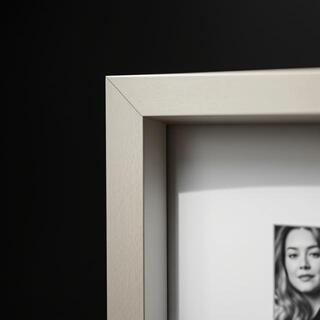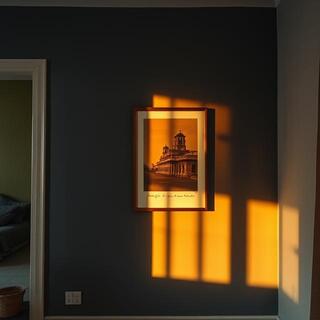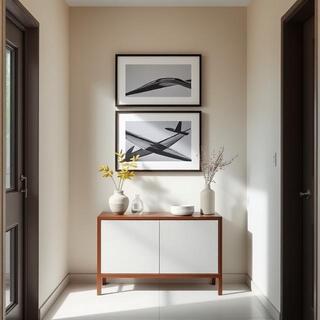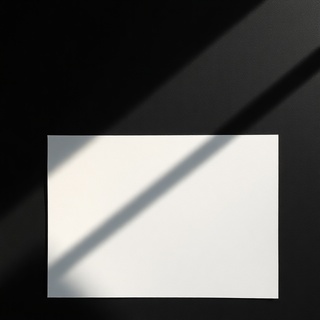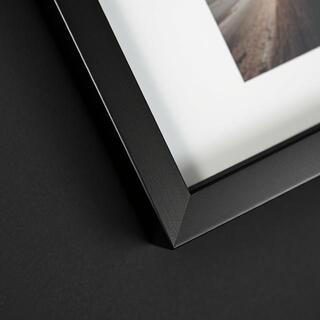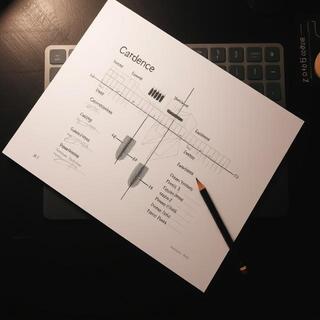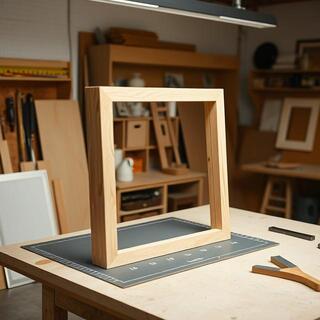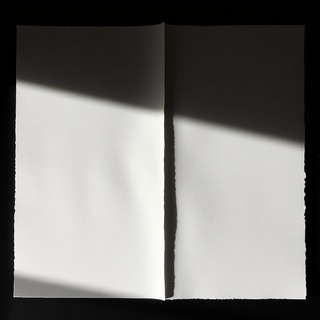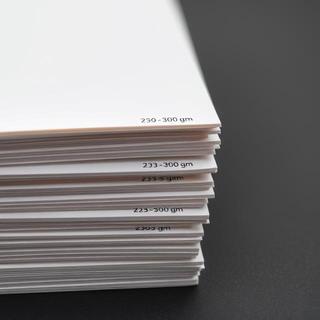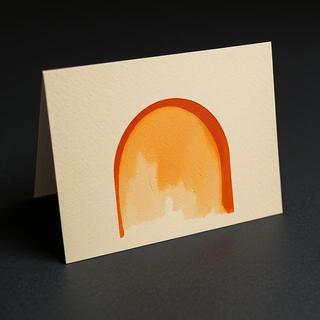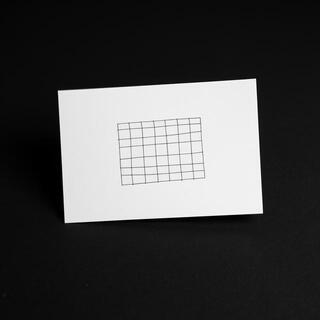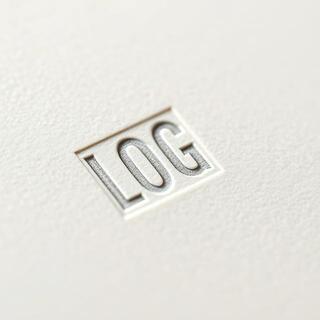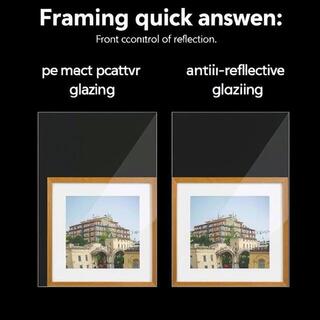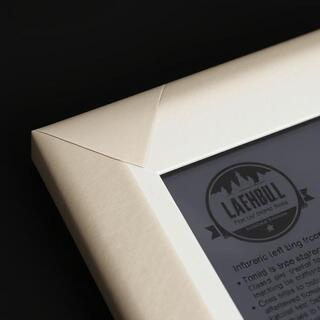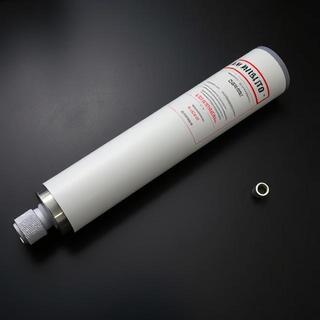We keep three notes on the bench — sienna,
slate, and coal. Together they
behave like reliable friends in a room that changes mood twice a
day. Sienna gives warmth without shouting; it makes concrete
less stern and steel less surgical.
Slate is the pause. When a wall already speaks — textured
plaster, patterned fabrics, a busy bookshelf — slate receives
light instead of reflecting it, like a river that decides to
flow quieter under a bridge. On proof days, we put slate beside
teak and glass. If both materials can shake hands there, the
room will be easy.
Coal is not a color; it’s a promise to keep lines clear when
everything else is polite. Thin black on matte paper reads like
a whisper that you still hear across the room. We use coal to
draw attention without appetite — the frame doesn’t need to
raise its voice to be certain.
The rule we return to: treat light as a material. A
poster that survives harsh noon on a white wall will feel
generous at dusk on the same wall. If a color only works at 7
p.m., it’s not a friend; it’s a guest. Our job is to design for
the host — the wall, the furniture, the life between them.
In practice, this means rejecting many beautiful things.
Lustrous coatings that look luxurious under studio lamps perish
in balcony glare. High-saturation inks thrill for a week and
then tire the room. We keep the notes that age well, the ones
that still feel inevitable when the house gets quiet.


